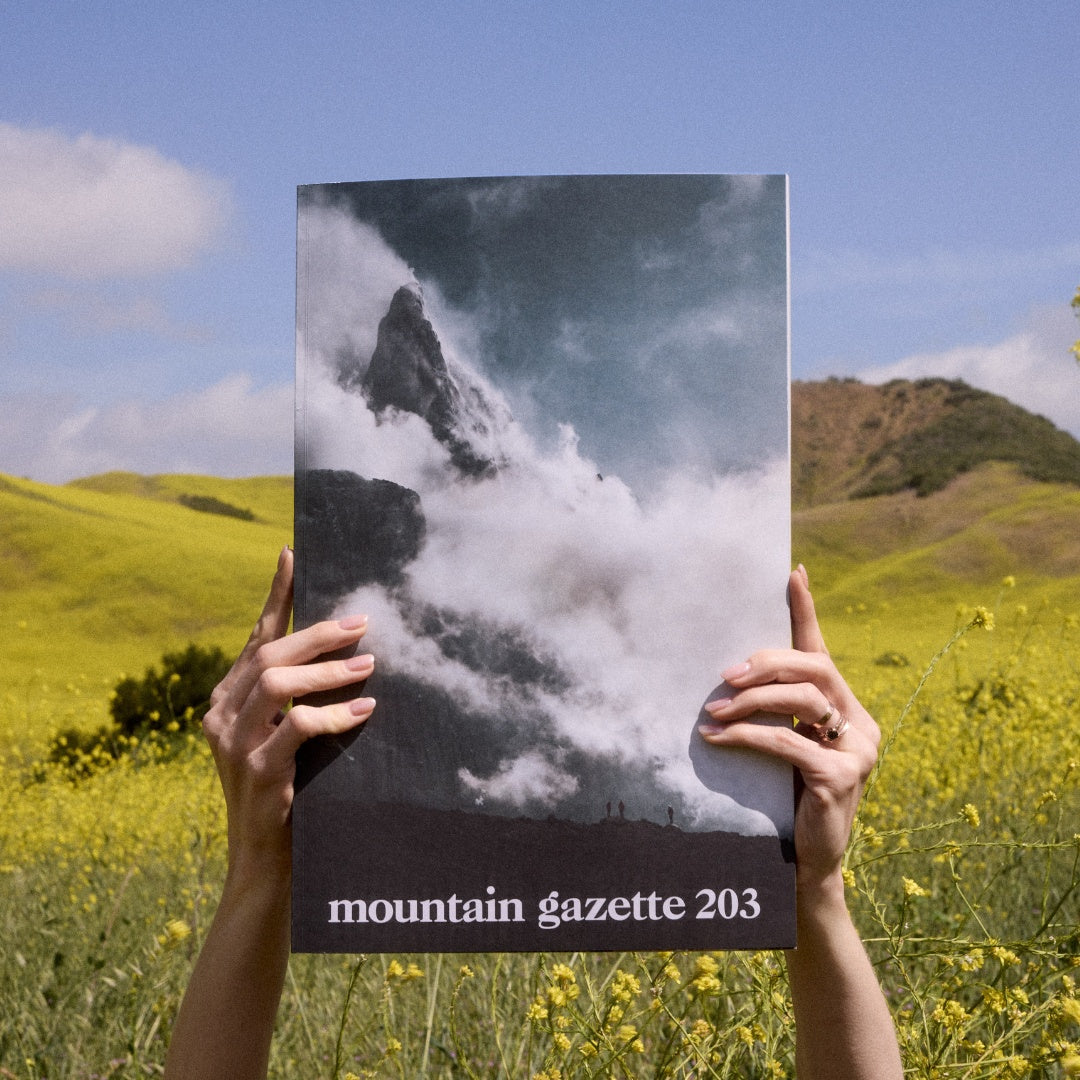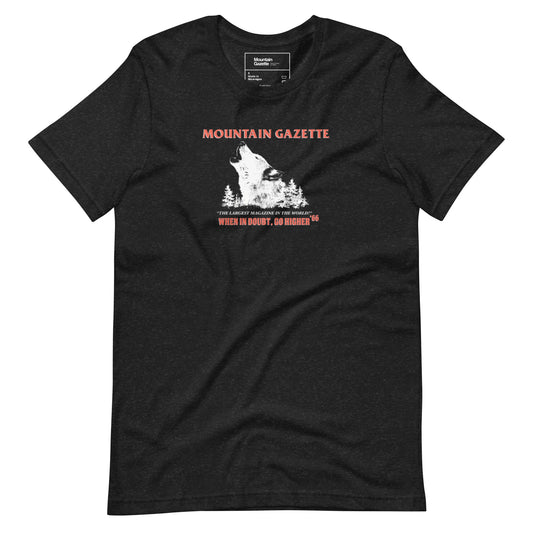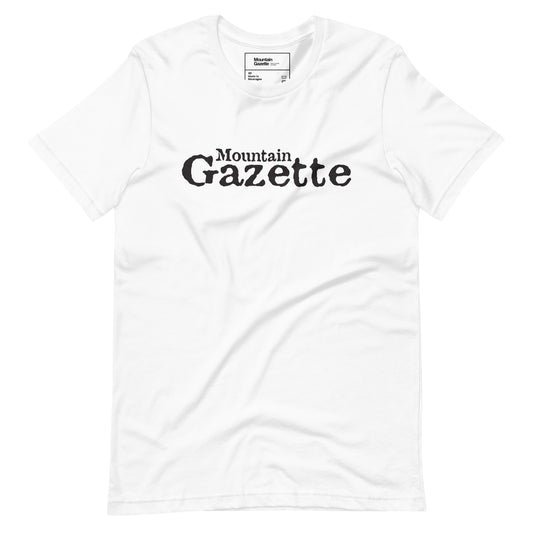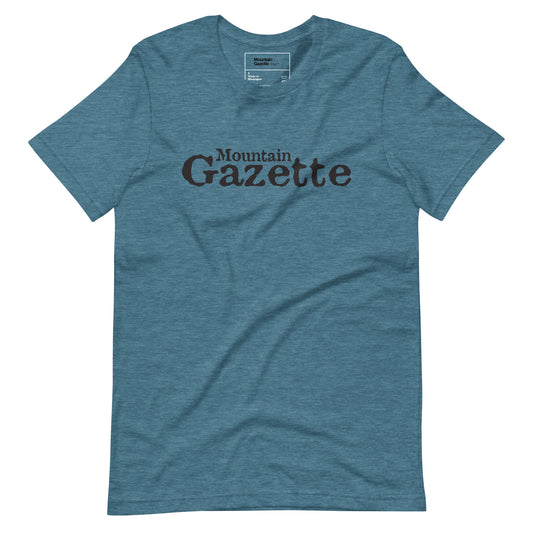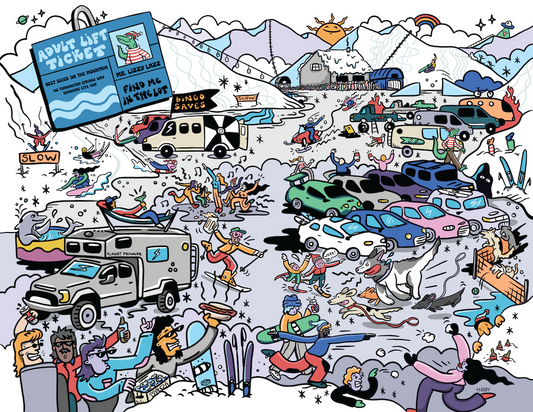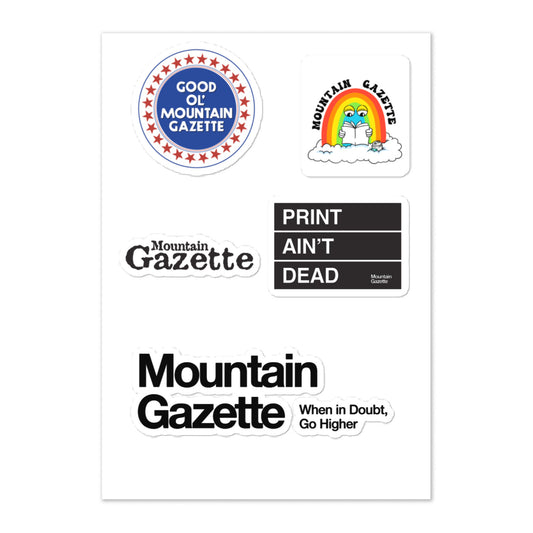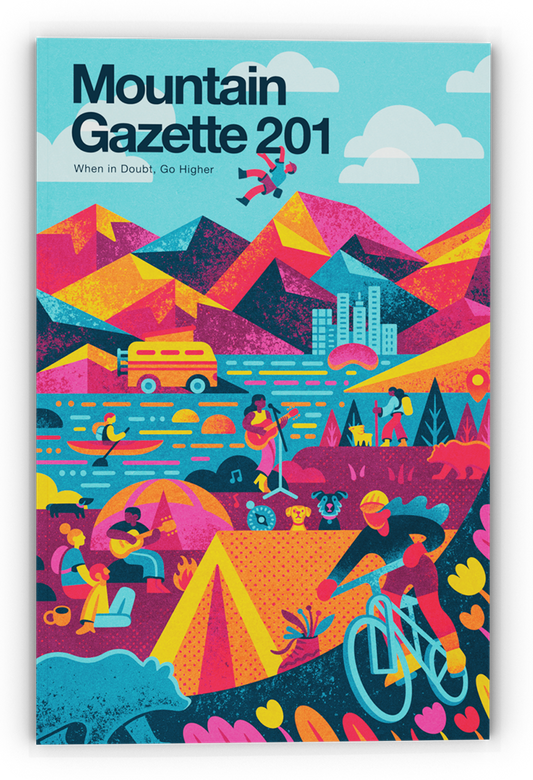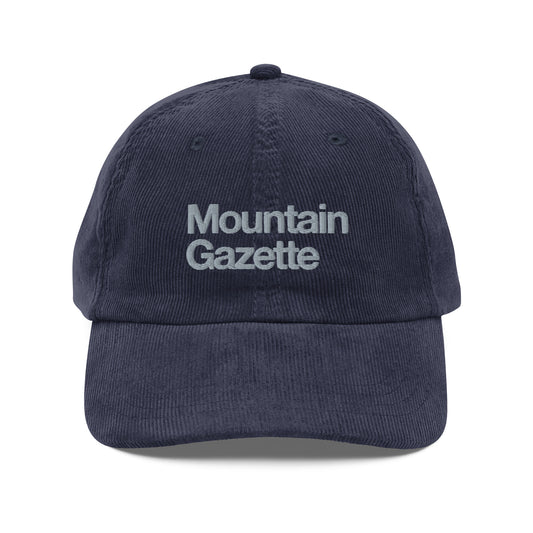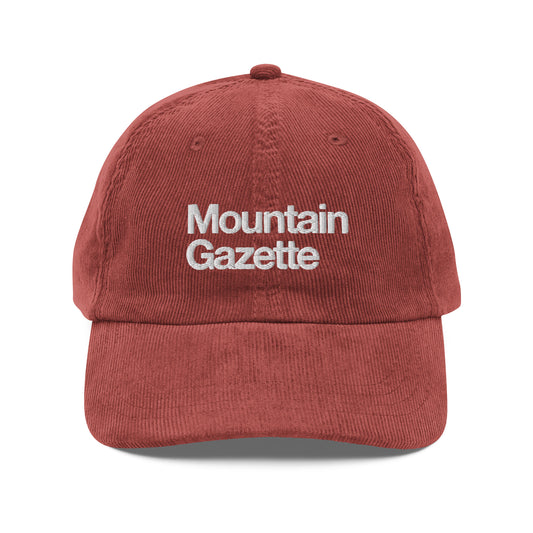This article was originally published in the Here & There newsletter by Kyle Frost. Here & There is an email newsletter published every other Thursday.
A few weeks ago I flew from London to Kraków, took a bus south to the resort town of Zakopane, and set out in search of a mountain escape. The Tatras have been on my to-do list for years but Zakopane wasn’t a place I’d heard much about and I had the sense that it would be a “less traveled” escape—Poland instead of Austria or Italy; the Tatras instead of the Alps. Instead, I found a busy mountain playground. It was a reminder that "unknown" to me doesn’t necessarily mean "undiscovered.”
On the trails
I started from Kuznice, the gateway to a large portion of Tatras National Park. While many visitors line up for the gondola to the top of Kasprowy Wierch (6,519 feet), I set off on foot, happy to trade convenience for a few thousand feet of climbing and a meandering loop through the park. The day started with a 2,000-foot climb to Dolina Gąsienicowa, a wide glacial valley scattered with old shepherd huts and summer wildflowers. It was my first clear look at the Tatras’ rugged skyline.


After returning from the summit of Kościelec, we parted ways, and I had another climb up to the main ridgeline, where I once again got sidetracked by another summit opportunity. I mean, I’m here, I don’t know when I’ll be back, and I’m feeling good, why not? The trail to Świnicka Kopa (7,539 feet) involves a few sections of higher exposure and choke points where chains are available—perhaps not completely necessary (obviously, this isn’t something commonly available in the U.S.), but with the amount of foot traffic here I can understand the value. I’m generally pretty comfortable in these situations but I’ll admit to a bit of anxiety brought on by the amount of people, the bottlenecks, and the crowds on the summit. I had originally planned to stop for a bite to eat at the top of Świnicka but found myself making a quick u-turn and getting away from a summit that felt a bit hectic. To be clear, it wasn’t necessarily that people felt unsafe (on the whole, Polish hikers generally seemed far more fit and prepared than the average American in the mountains), but there were definitely a lot.


The next morning, I set out toward the eastern Tatras, optimistically hoping for quieter trails. But, that wasn’t to be the case. My minibus was packed shoulder to shoulder, and parking lots were already full by the time I arrived at the trailhead. The direct ascent to Kresanica (6,962 feet) was steep and punishing, and I passed all manner of hikers on the way up. This zone had a vibe reminiscent of Colorado, but greener.



Expectations vs. Reality
The town feels like a Polish mash-up of Estes Park, Gatlinburg, and Banff. Maybe Boulder, if you dropped Rocky Mountain National Park right behind town and added a gondola up Flattop. There are restaurants everywhere, stalls slinging local snacks, ice cream every 10 feet (lody, or lody włoskie), street performers, and throngs of people drifting between souvenir shops and trailheads. But while some tourist towns feel purely commercial, Zakopane’s energy felt rooted in a genuine appreciation for the mountains.
I naively underestimated the Tatras’ popularity. With a bit of extra research, this probably wouldn’t have been that surprising. Zakopane is consistently ranked among Poland’s top destinations and often called its winter capital, but summer sees even larger crowds. By some estimates, over 3 million visitors pass through every year, on par with places like Jackson/Grand Teton and Estes Park/Rocky Mountain National Park.

Few things beat an empty ridgeline or the hush of a remote trail, but there’s also a kind of joy in sharing trails with other people who are stoked to be outside. I left Zakopane without regrets. The trails were fun, the peaks were beautiful and the people friendly. The prices for lodging and food were incredibly reasonable compared to Western Europe or the U.S. (although Michael assured me that they were quite high for Poland).
In an era of mass movement and social media-driven travel, perfect solitude is a high bar. The Tatras reminded me that it’s less about escaping people and more about finding your way through the crowd. Yosemite Valley is no less spectacular because other people are there, and neither are the Tatras.


